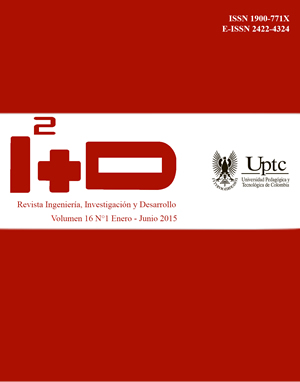Development of Python applications for learning computational physics

Abstract
This paper describes an application developed for learning simulation algorithms based on classical mechanics concepts. Electronics Engineering and Computer Science students at the Universidad de los Llanos study computational physics, using Particle kinematics (PK), as one activity of Dynamic Systems research group. Python, the programming language selected, facilitated the portability and access to the libraries necessary for representing particles. The main Python Libraries used in this process are matplotlib, numpy, PyQt4, scipy, Tkinter and VPython. These libraries allow the simulation of uniform motion, linear accelerated movement, objects in free fall and projectile motion. Additionally they are useful for generating GUIs to show data in tables and graphics. The GUIs were implemented using the Tkinter and PyQt4 libraries, where the latter facilitated the development with the help of Qt Designer software Tools.
Keywords
computational physics, free software, motion, python, simulation
References
- Bransford, J., Brown, A. & Cocking, R. (2004). How People Learn: Brain, Mind, Experience, and School. Washington DC: National Academy Press. DOI: http://dx.doi.org/10.17226/9853
- Bustacara, C. J. (2010). Evaluación computacional para calcular los polinomios de Legendre de primera clase. Avances en Sistemas e Informática, 7(2), 131-138.
- Chickering, A. & Ehrmann, S. (1996). Implementing the Seven Principles: Technology as Lever. American Association for Higuer Education, 3-6.
- Egas, M. E. (2014). Simulación computacional de la trayectoria de electrones de incepción en un tramo corto de aire. Quito, Ecuador: Editorial Quito.
- García, A., Martín, J. A. & Gutiérrez, M. T. (2010). Modelo computacional para la formación de clases de equivalencia. International Journal of Psychology and Psychological Therapy, 10(1), 163-176.
- Landau, R., Páez, M. J. & Bordeianu, C. (2010). A survey of Computational Physics. Oxford: PrincetonUniversity Press.
- López, O. R., Narváez, C. A. & Garzón, D. A. (2012). Modelos computacionales del comportamiento del cartílago articular. Revista Cubana de Investigaciones Biomédicas, 31(2), 373-385.
- Overholt, K. (2010). Numerical Pyromaniacs: The Use of Python in Fire Research. 9th Python in Science Conference SCIPY.
- Panou, T. (2008). Management of Learning Ways: a Radiographer's
- Sener, J. (1997). Constructivism: Asynchronous Learning Networks. ALN Magazine, 1, 1.
- Vargas, W. & Murcia, J. C. (2005). Distribución de fuerzas
- Vilchez, A., Marzocchi, V., Beldoménico, H. & Vanzetti,
- Yasar, O. (2006). A computational technology approach to education. Computing in Science and Engineering, 8(3), 76-81.
- DOI: http://dx.doi.org/10.1109/MCSE.2006.37
- Yasar, O. & Landau, R. (2003). Elements of computational
- Science and engineering Education. Society for Industrial and Applied Mathematics, 45(4), 787-805.
- DOI: http//dx.doi.org/10.1137/S0036144502408075
- Zamarro, J., Molina, G. & Nú-ez, M. (2004). Teaching Physics Modelling with Graphic Simulations Tools. HSCI.